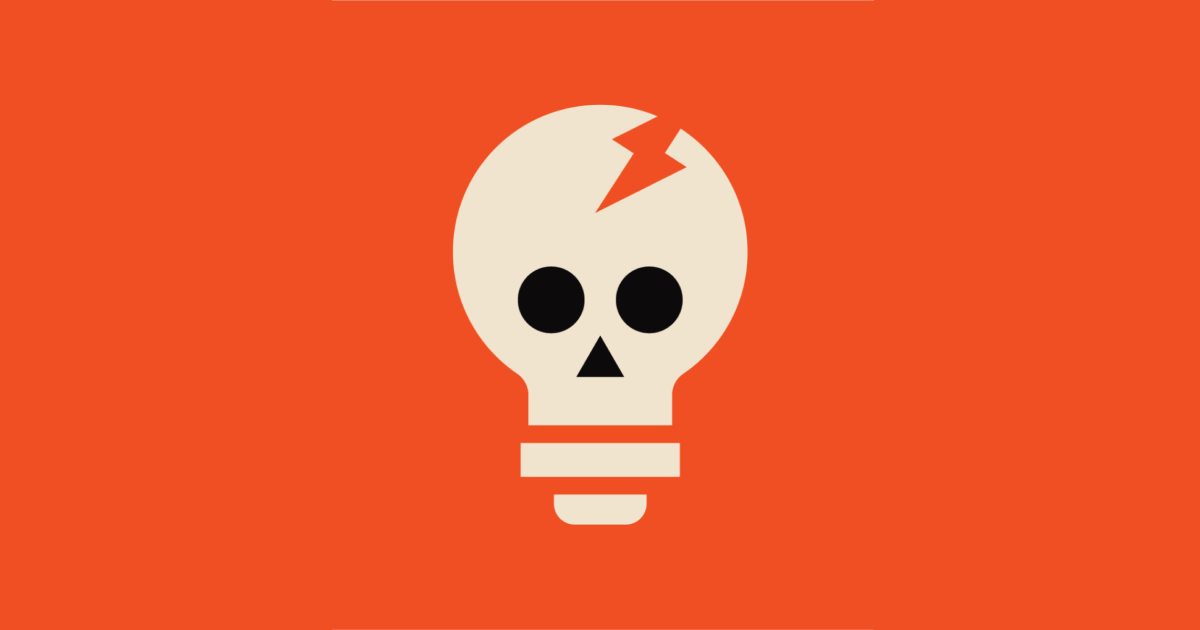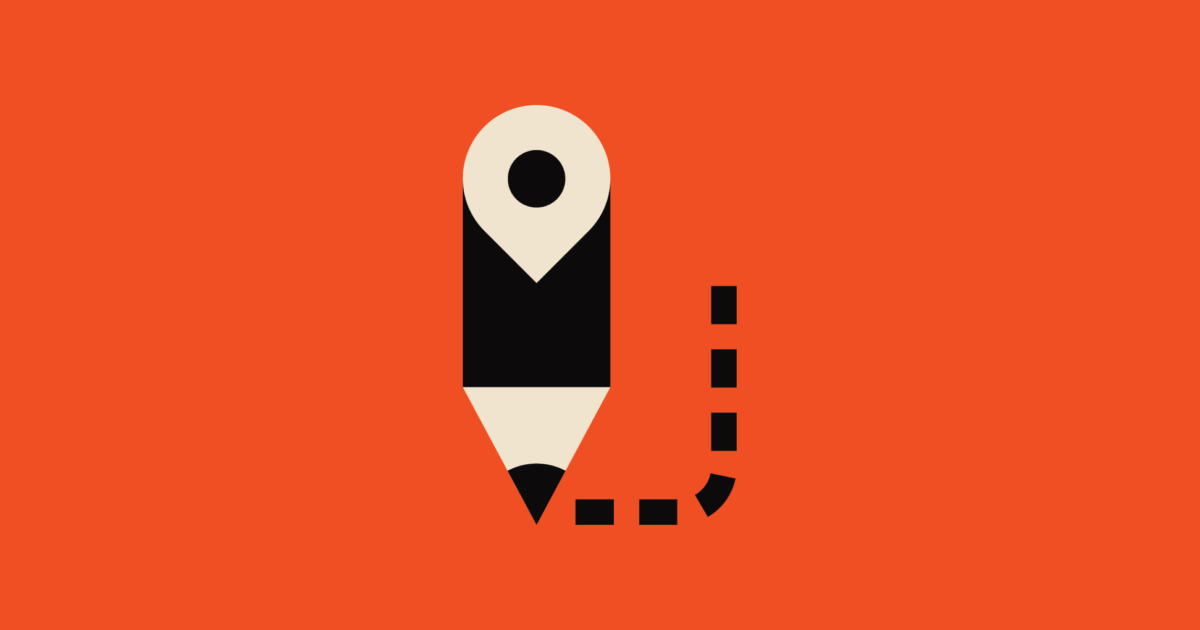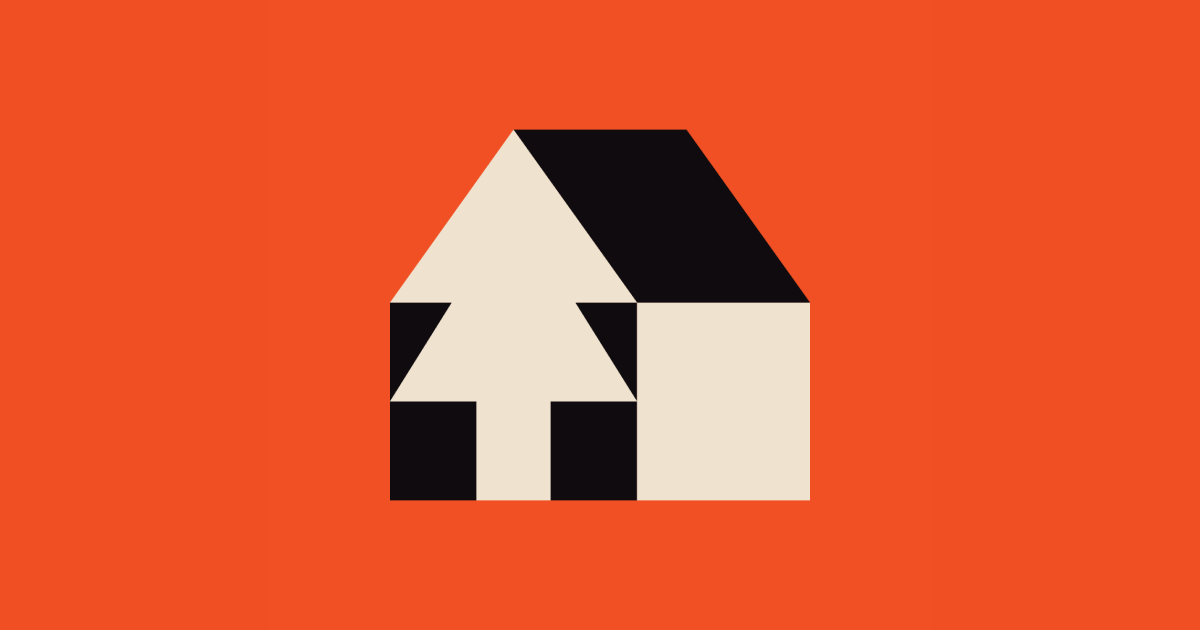Andreas Wikström
Andreas Wikström is a UI designer from and based in Sweden. He is currently working as a digital designer for a design studio, but has worked as a freelancer for many years prior with clients big and small. Andreas is driven by passion, and loves design that is clearly thought through from beginning to execution.
Hi Andreas! Tell us about yourself - how did you get to where you are today and when did you first become interested in art and design?
Hi and hello! One of my past bosses described me as a humble and gentle spirit and designer, and I really liked that description so I’ll go with it. I strive to approach everything in my life with a gentle curiosity, meaning that I do love to take risks and experience new things, but without losing a humble ground to stand on – or myself – in the process.
I can’t really put my finger on when I first became interested in design and art, since it’s something that’s always been part of my life. Every member of my family and our close family friends have always worked and crafted in some form with their hands. My dream, though, was to become an architect, but I stumbled across graphic design in my search, and fell in love with it.
How would you describe your aesthetic and how has your design style changed over time?
I guess it has become more refined - or at least has a clear direction from A to Z. When I first started out, I tried to focus on just exploring every idea that came to mind, and publishing them without any regards for how they would look or work. But as I grew and got more experience I started to value that “creative chaos” in a more constructive way. You should always dare to share your ideas, but often (or always) they’re part of something bigger in the overall process.
How did you discover Noun Project and what lead you to start designing icons?
Icons have had a great place in my career, and as with everything in my life, I kind stumbled across icon design by accident. In the beginning of my career I also worked as a web developer, side-by-side with studies at uni. It was just something I did to get some fairly decent cash flow, and as always, time is money, so when developing websites I tended to use ready-mades – especially when it came to icons. It was much more time-efficient to grab a few simple icons that someone else had designed and just place them in my design.
One day I just thought, why not design my own icons? With no real resources about grids, style, or anything, I simply started to experiment… And to my surprise, the icons really elevated my websites. The more I experimented, the more followers came to me — I started to get clients who were interested in me designing icons for them, rather than developing their website. When this focus shifted, it felt natural to join when I saw a post about Noun Project on Dribbble.
What do you think is key to creating an effective and memorable icon or illustration?
I think trying to create something unique is overrated, since being unique does not equal being memorable. Memorable design, for me, is about stories, but at the same time being able to hide in plain sight. Take for instance an icon as simple as the “hamburger menu.” It’s everywhere, but still we don’t seem to notice it. But if you instead try to create something unique using the same visual story as a hamburger icon, people will tend to see it straight away and either get annoyed with it or not really remember it. You may have created something unique, but without realizing it you also disrupted the story of that icon. In my opinion, it’s always better to write your own stories. Begin with asking yourself why, and then start writing an amazing story.
From Top to Bottom, Left to Right: “Sexting,” “Speak Your Mind,” “Exaggerate” and “Feedback” icons.
What’s your creative process like and how do you approach creative collaboration?
Again, with a healthy dose of structure and being humble. I usually like to start with making an inventory: Both of what I have to work with, but also of the brief itself. If there isn’t a clear brief, I create one. It could be from a few words to several sentences, as long as I have something defined, and therefore something to fall back on.
After the initial brief is done I usually begin to sketch out some quick ideas. I think that it is, in this stage, rather crucial not to look for inspiration from any design resource, since it can influence your work negatively. For me, the best practice at this stage is to sketch out a few ideas, then give them a rest by taking a break or doing something else for a while.
I’ve noticed throughout the years that 90% of design consists of exploring ideas. The last 10% goes into actually creating the final design.
I tend to approach collaboration in the same way, with one major addition: listening to others. So the inventory phase becomes a meeting, where all collaborators create a common brief, adding their own touch to the mix.
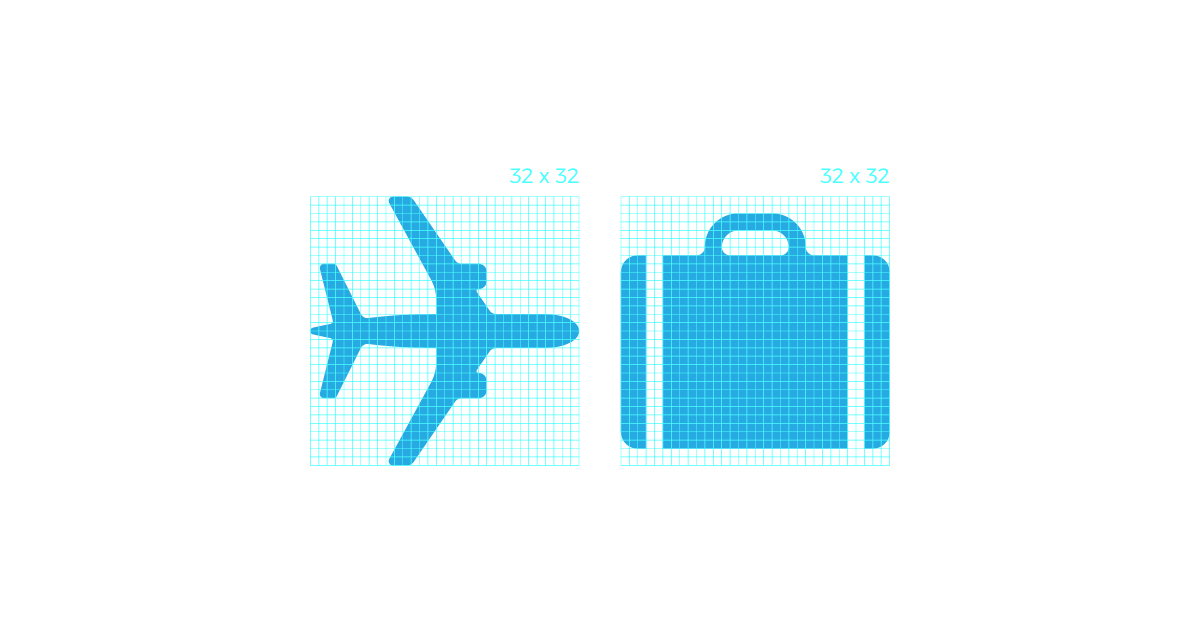
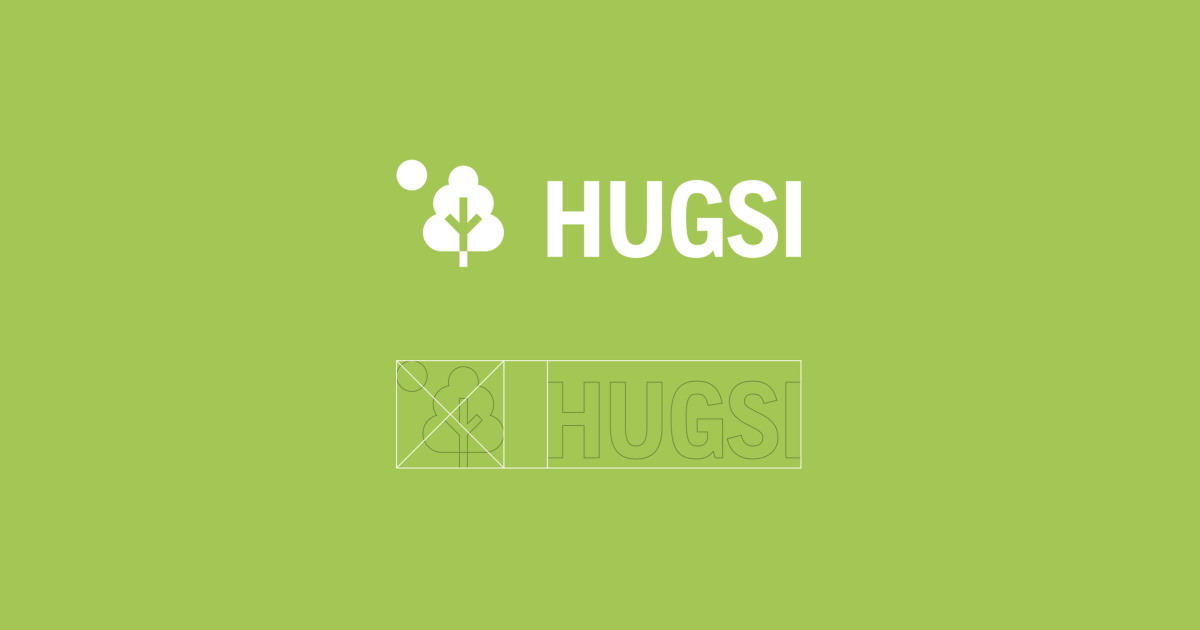
What advice would you give to artists and designers just starting out?
I always had this idea, back when I started, that I wanted to be the one who knew everything — almost like a “full stack” designer. I did spend hours on just reading up on different subjects, watching YouTube videos. But after a while it started to catch up to me. Why did I feel the need to do this? And what would I gain from doing this? Looking back I think that the main reason for this was that I was afraid of having to give “I don’t know” as an answer to any question that I was given.
One other bit of advice is to dare to fail fast, meaning to try out different short ideas and validate them quickly, and if they don’t work, simply regroup and move on to the next one. I used to spend hours working on ONE idea just to find out later in the process that it didn’t work.
Also, take breaks! Period. It’s better to deliver an idea that could be worked and build upon, instead of running straight into the wall trying to push yourself to the max. Pushing yourself does not equal risk-taking.
Finally, never take on other fellow designers as clients.
What’s been one of your favorite projects to work on so far and why?
One of my biggest projects that I got the chance to be involved in was for one of the largest banks in Sweden, SEB. On the paper it looked like any other larger projects as usual: Large budget, clear brief and spread over a longer period of time. The brief was also simple: create and design X number of icons, with a clear grid and style that match the rest of the redesigned brand. What made it my favorite project was what happened afterwards. A while after the project was finished I traveled to see a friend in Stockholm. We wandered around in the city and suddenly, on a large display I could see my icons — All animated and proudly displayed. Seeing your design come to life in the world is such a different feeling from just seeing it on a flat screen. It really makes you proud and makes you love the craft of design even more.

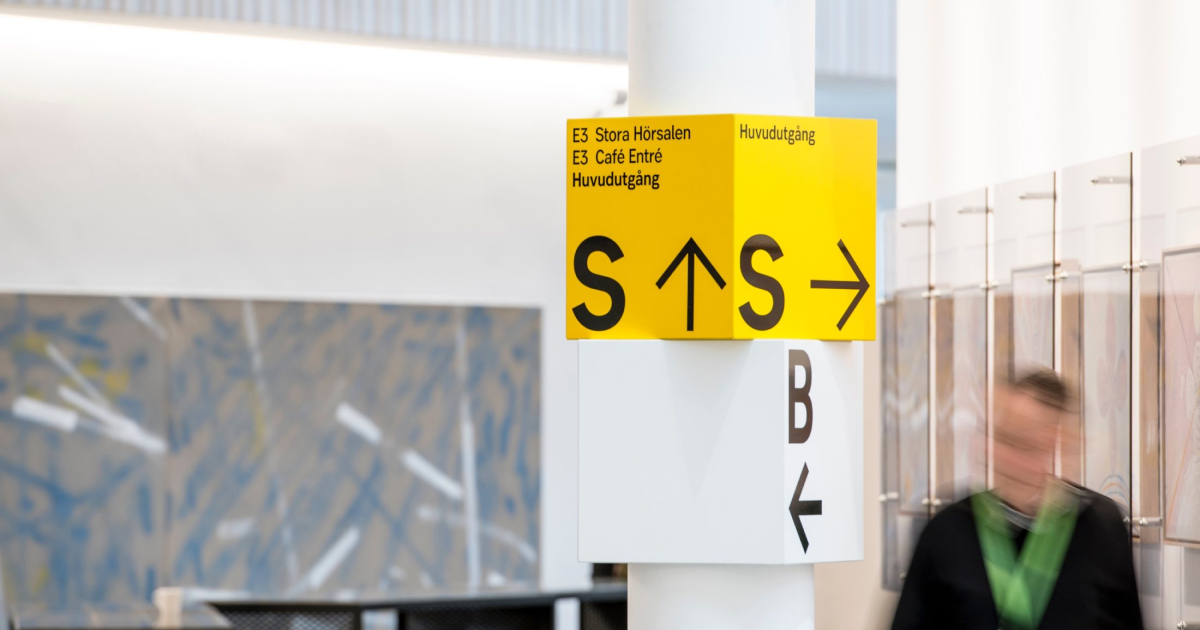
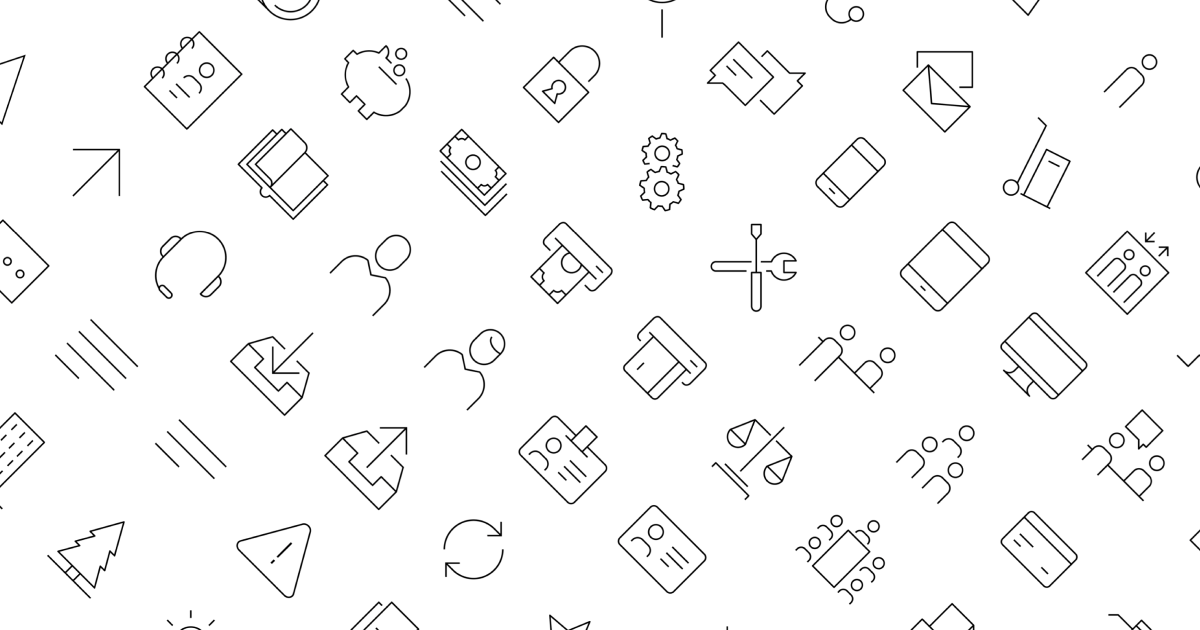
Where do you find creative inspiration?
By working with or around others, simple as that. I’ve been working closely side-by-side with developers during the last 6 or 7 years of my career. It’s helped me realize that a design is nothing if you can’t deliver it in such a way that others can understand and/or iterate upon it.
Breaks are important for inspiration as well. I usually find most of my inspiration for any project by doing something else.
Do you have any favorite design resources?
I tend to take inspiration from any resource, where ever I can find them. When I worked as a freelancer I tend to spend a lot of hours looking for articles on Medium, but as I moved towards working in larger teams those articles found their way to me instead in the form of creative networks. So creative networks (which could be anything from your colleagues, classmates, or in-person groups) are a great source for design inspiration and ideas. I tend not to have long reading lists or resources that I frequently swim through looking for inspiration and ideas.
Thank you for sharing with us Andreas! To view more of Andreas’ work visit his Dribbble page, follow him on Instagram, and check out his icons on Noun Project.
Andreas was nominated by Noun Project. All art courtesy of Andreas Wikström.



